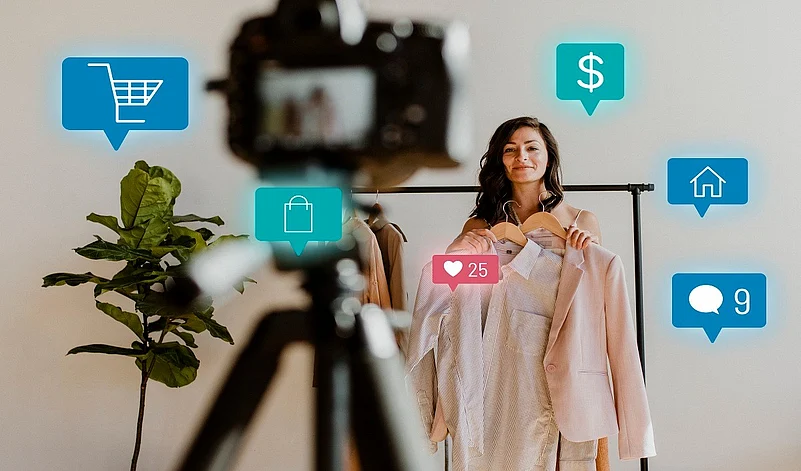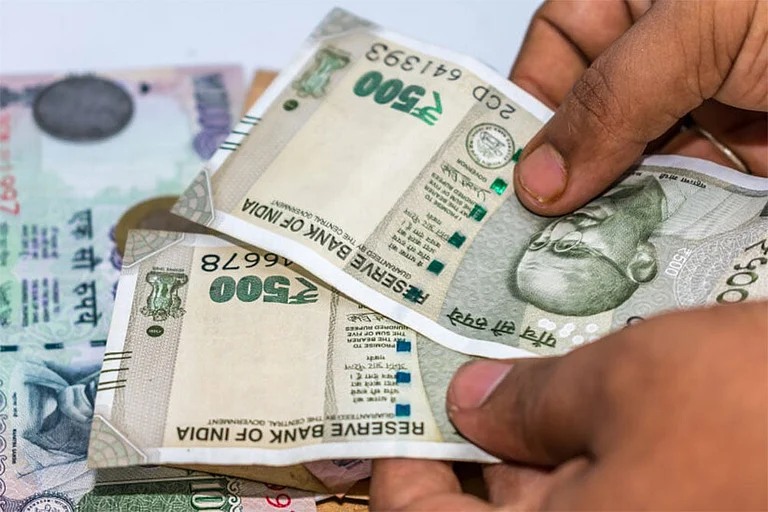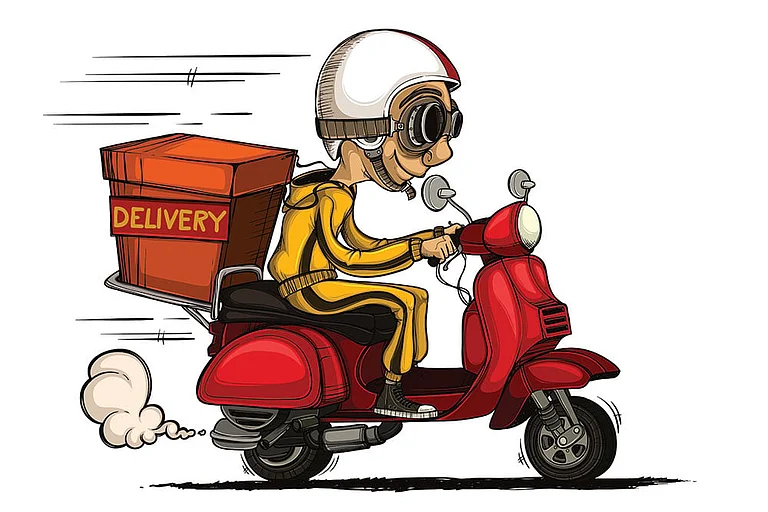Just a few years ago, the idea that a teenager lip-syncing on a smartphone or a home chef recording recipes in a two-bedroom flat could influence the spending decisions of millions would have been laughable. Today, it is reality and a massive one at that.
According to a new report by the Boston Consulting Group, India's creator economy is on track to shape a huge $1 trillion (Rs 84.5 lakh crore) in consumer spending by 2030. The digital-first economy, driven by a diverse group of influencers, ranging from fashion vloggers, tech reviewers, homegrown entertainers, and more - is already nudging up to $400 billion worth of buying decisions by consumers. This is roughly 20 per cent of India's consumer spend today. However, we have barely begun to scratch the surface yet.
Are Creators Becoming India's New Age Consumer Catalysts?
Not currently. The BCG report states that while India has about 5 million content creators, only around 30 per cent of the population is presently swayed by them. Most people still turn to social media primarily for entertainment or casual scrolling.
But as creators are becoming more trusted and relatable than traditional celebrities, the gap between content and commerce is shrinking at a faster pace.
You couldn't be more wrong if you think all of this is happening only in urban India. While about 65 per cent of creators are still clustered in urban India, regional content is rapidly catching up. Platforms like ShareChat and Moj claim that most of their creators, and users, now come from Tier 2 and Tier 3 towns.
What is driving this surge? Regional languages, local humour, and cultural context are some key contributing factors to the growth of creator-led commerce deeper into Indian homes.
"We have pioneered microtransactions as a new monetisation model," Manohar Singh Charan, co-founder of ShareChat and Moj told Mint. "Today, they form the majority of creator earnings on our platforms."
This means small-ticket spending, like virtual gifts, shoutouts, live commerce, and subscription content, is no longer niche. It's becoming the new consumer behaviour, especially among younger and regional audiences.
What Sells? Entertainment, Fashion, and Everything In Between
A scroll through Instagram or other social media platforms will give you the whole picture. Comedy, daily soaps, film-related content, and style videos are what draw the views these days and, increasingly, the buys. Whether it's a lipstick swipe, a home decor hack, or a budget travel vlog, influencers are shaping what and how people buy.
The report points out that creators today influence more than 30 per cent of all consumer decisions, whether or not they are directly promoting a brand. Creators earn consumer's trust over hours of daily content, trial-and-error monetisation attempts, and authenticity that feels more like a friend's recommendation than a billboard.
Yet, only around 8 to 10 per cent of creators currently monetise their work effectively. However, most of this is expected to change in the near future. The change will be driven by the brand's budget following the audience.
Naturally, where the audience goes, the ad budgets follow. Indian brands are not just taking notice; they are preparing to double or even triple their influencer marketing spending over the next few years.
Brands today need faster content turnaround, niche audience segmentation, and better testing models. The once-experimental world of creator collaborations is now being folded into mainstream marketing plans, with performance-linked outcomes and all.
At its current pace, the report says the creator economy's direct revenues, now pegged at $20–25 billion, could grow fivefold to $100–125 billion by the end of the decade. However, the real story is the ripple effect of the change, i.e, the expectation of consumer spending tripling to $1 trillion mark.
As smartphones and data plans continue to democratise content creation and as monetisation options diversify, India's creator ecosystem will not just remain an urban novelty or a Gen Z hangout. It could become a central player in what India buys, how it shops, and whom it listens to.













